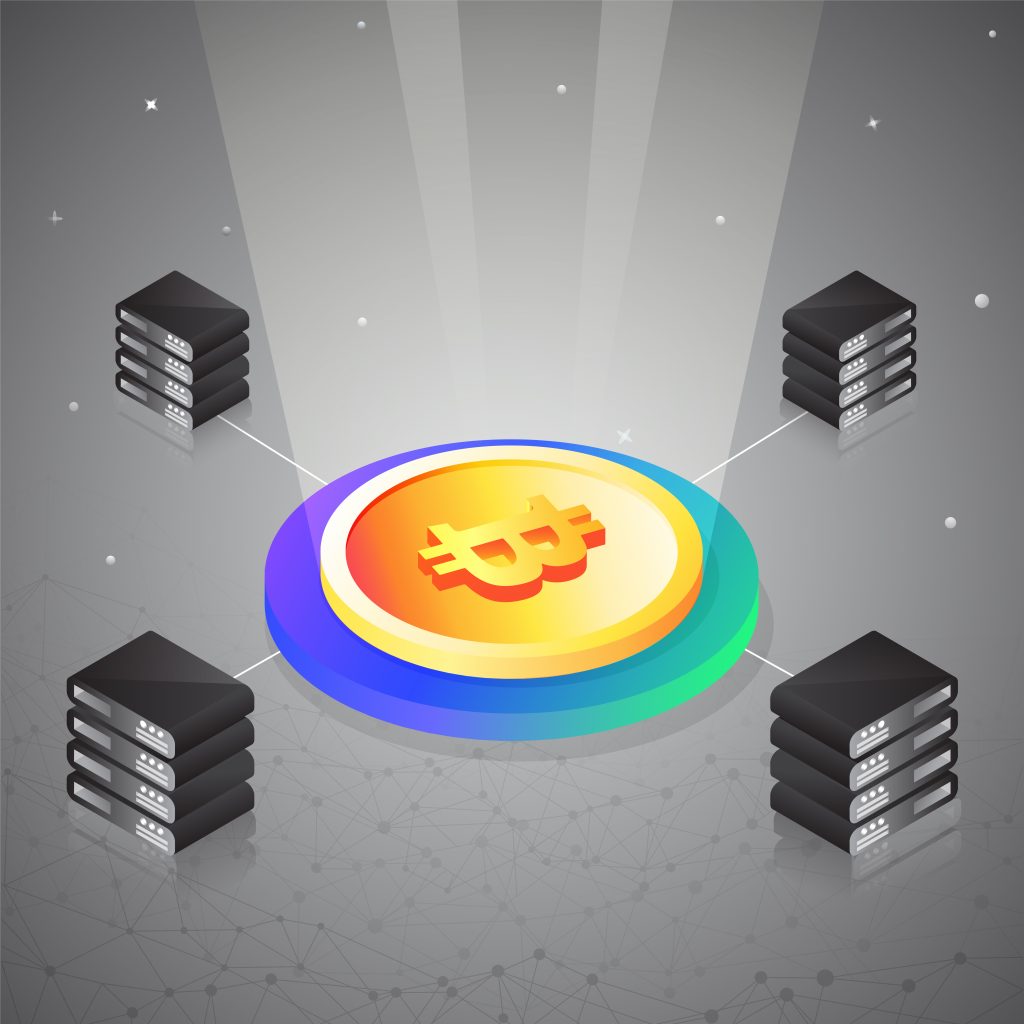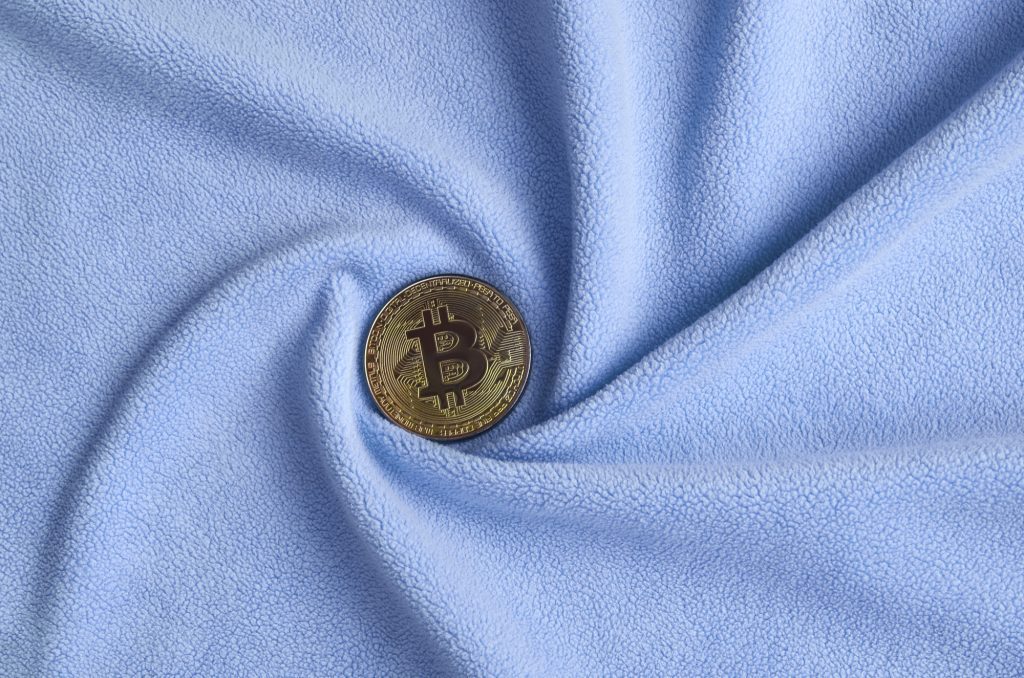As the cryptocurrency market evolves, new innovations like wrapped tokens have emerged to make the ecosystem more versatile and interconnected. Peg tokens are digital assets that are “wrapped” in a new layer, representing the original asset’s value on a different blockchain network. This enables the asset to be compatible with a wider range of platforms, protocols, and applications, such as decentralized finance (DeFi) services and decentralized exchanges (DEXs). By unlocking cross-chain interactions and seamless asset transfer, pegged tokens pave the way for a more interconnected and accessible crypto ecosystem.
Prominent Wrapped Tokens in the Market
Several wrapped tokens have gained popularity in recent years due to their ability to unlock new opportunities for digital assets on various blockchain networks. Some of the most widely recognized wrapped tokens include Wrapped Bitcoin (WBTC), Wrapped Ether (WETH), and Wrapped Solana (WSOL).
‣ Wrapped Bitcoin (WBTC)
Wrapped Bitcoin, or WBTC, is an ERC-20 token that represents Bitcoin on the Ethereum blockchain. Each WBTC is pegged to one Bitcoin, and its value is maintained through a network of custodians, merchants, and users. By wrapping Bitcoin as WBTC, users can access Ethereum-based DeFi applications, trade Bitcoin on Ethereum DEXs, and tap into new yield-generating opportunities.
‣ Wrapped Ether (WETH)
Similarly, Wrapped Ether (WETH) is an ERC-20 token that represents Ether on the Ethereum network. WETH is used primarily in decentralized finance applications, as it simplifies interactions between various DeFi protocols and platforms. By converting Ether to WETH, users can more easily participate in DeFi platforms like decentralized exchanges, lending protocols, and yield farming.
‣ Wrapped Solana (WSOL)
Wrapped Solana (WSOL) is another example of a wrapped token that represents the native Solana (SOL) token on other blockchain networks. WSOL enables Solana token holders to access cross-chain DeFi platforms and trading opportunities, bridging the gap between the Solana ecosystem and other blockchain networks.
Benefits and Use Cases of Wrapped Tokens


Wrapped tokens offer several advantages and practical applications within the cryptocurrency and decentralized finance space. Some of the most significant benefits and use cases include:
◦ DeFi and Liquidity Provision
By wrapping digital assets, users can participate in DeFi platforms and provide liquidity, fostering a more inclusive and accessible financial ecosystem. For example, by wrapping Bitcoin as WBTC, users can supply liquidity to decentralized lending platforms or earn yield on their assets through yield farming. This process can applied to numerous digital assets, expanding the scope of DeFi and increasing its overall value. Another example is the Dragonary Coin used in the entire universe of games developed by Coinary.
◦ Enhanced Trading Opportunities
Wrapped tokens enable new trading pairs and arbitrage opportunities, increasing market efficiency and price discovery. For instance, with WBTC, users can trade Bitcoin on Ethereum-based DEXs, accessing a broader range of trading pairs and platforms. Similarly, WSOL allows Solana token holders to trade on other blockchain networks, expanding the trading ecosystem and promoting cross-chain liquidity.
◦ Interoperability and Cross-Chain Functionality
Wrapped tokens play a crucial role in unlocking interoperability and cross-chain functionality between various blockchain networks. By creating pegged versions of digital assets, these tokens can interact with multiple platforms and protocols, enhancing the overall utility and versatility of the underlying assets. This fosters a more interconnected and seamless crypto ecosystem, driving innovation and growth.
Risks and Challenges Associated with Wrapped Tokens
Although wrapped tokens offer numerous benefits and unlock new opportunities within the cryptocurrency ecosystem, they also come with inherent risks and challenges. It’s essential for users to be aware of these potential downsides when interacting with peg tokens. Some of the most notable risks and challenges include:
⁍ Centralization Concerns
One of the main risks associated with wrapped tokens is the potential for centralization. In many cases, wrapped tokens rely on a network of custodians to hold and manage the underlying assets, which can introduce a centralized point of failure. If the custodian’s security is compromised or they engage in malicious behavior, users’ assets could be at risk. While some projects implement decentralized custodian models, it’s crucial for users to understand the specific custody arrangements and assess the associated risks.
⁍ Smart Contract Vulnerabilities
Moreover, wrapped tokens often depend on smart contracts to facilitate wrapping and unwrapping processes, manage collateral, and maintain the peg between the wrapped token and the underlying asset. Smart contracts can be vulnerable to hacks, exploits, and bugs, potentially leading to a loss of funds or disruption of the token’s value peg. Users should be aware of these risks and ensure they trust the project’s smart contract security measures, including code audits and bug bounties.
⁍ Regulatory Uncertainty
The regulatory landscape surrounding cryptocurrencies and digital assets is continually evolving, and wrapped tokens may face uncertain regulatory treatment in the future. Changes in regulations could affect the viability of wrapped tokens or restrict their use, potentially impacting their value and utility. Users should stay informed about regulatory developments and consider potential implications for wrapped tokens in their investment strategies.
⁍ Price Volatility and Slippage
Wrapped tokens are often traded on decentralized exchanges, which can be subject to price volatility and slippage due to liquidity constraints. However, this can lead to pricing discrepancies between the wrapped token and the underlying asset, affecting the token’s value and trading opportunities. Users should be mindful of these risks when trading wrapped tokens and consider using platforms with adequate liquidity to minimize slippage.
⁍ Complexity and User Experience
Finally, interacting with peg tokens can involve a certain degree of complexity, particularly for users who are new to the cryptocurrency space. Wrapping and unwrapping processes may require multiple transactions, approvals, and interactions with smart contracts, which can be confusing and error-prone. Users should take the time to understand the processes involved and ensure they are comfortable with the required steps before engaging with wrapped tokens.









